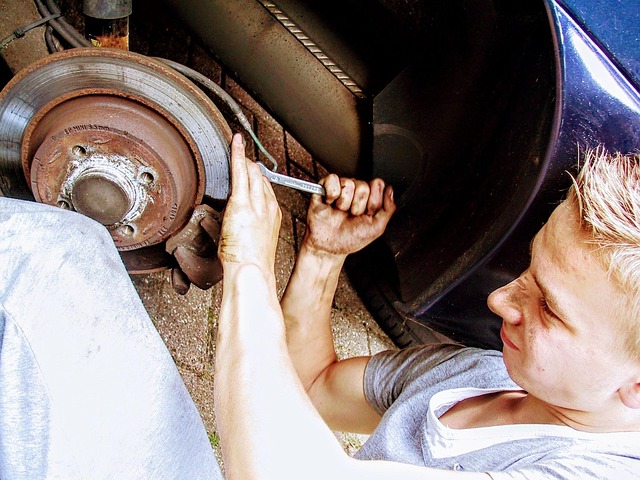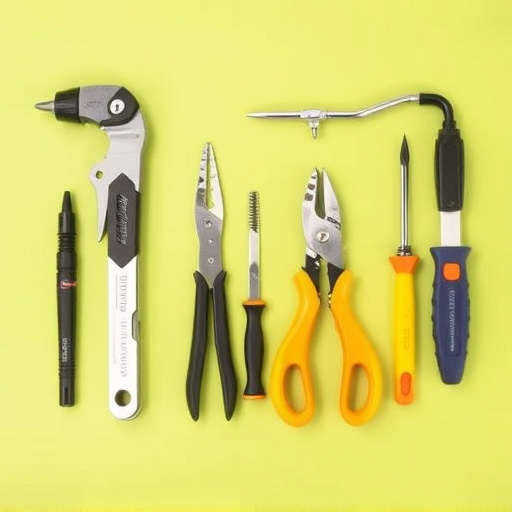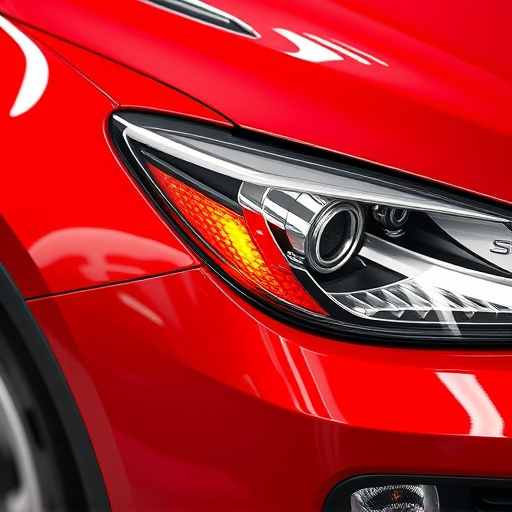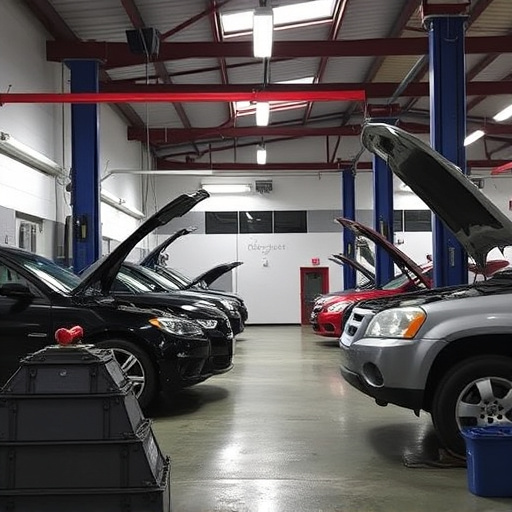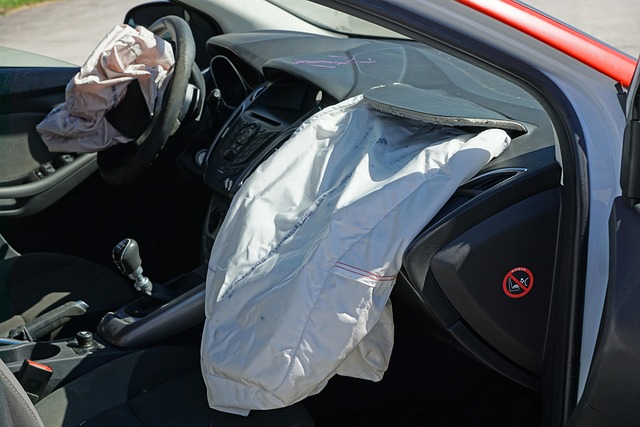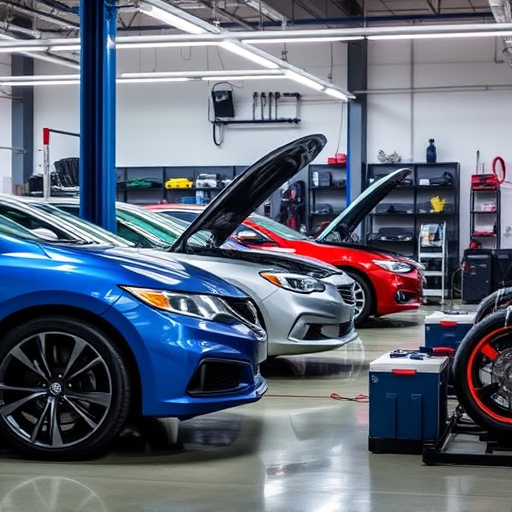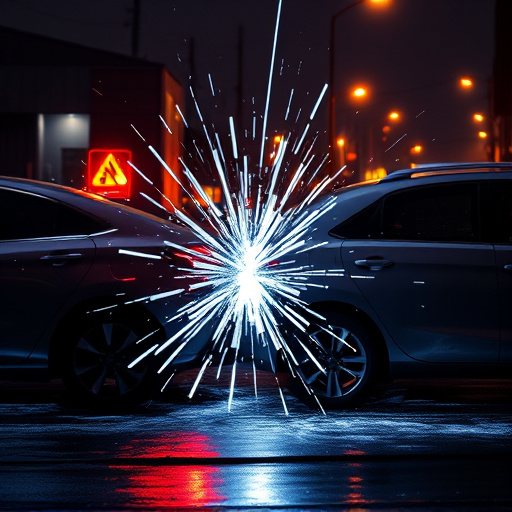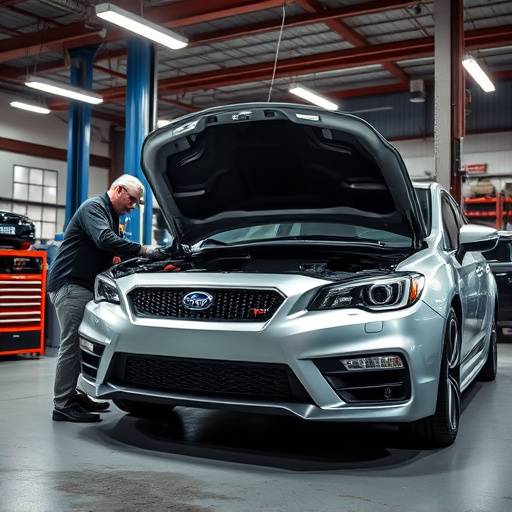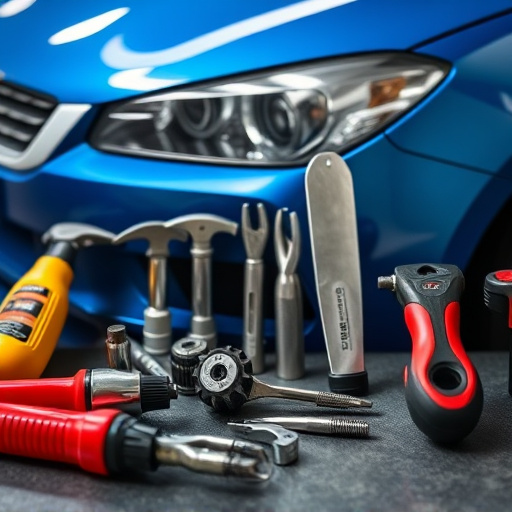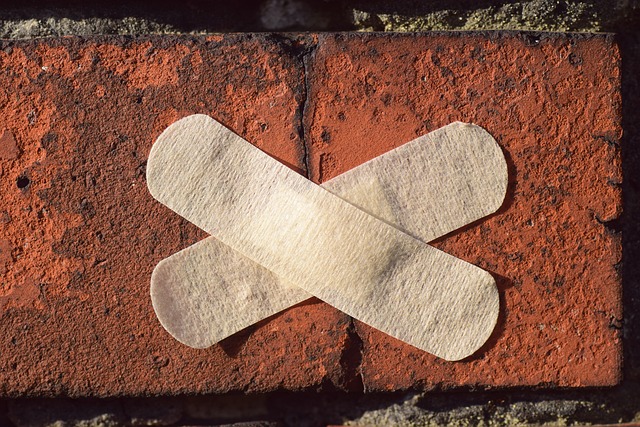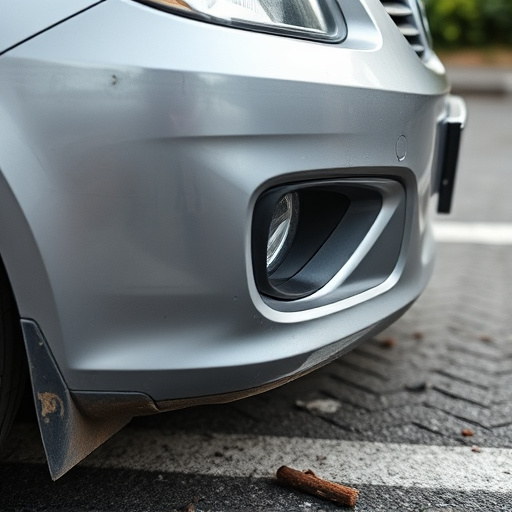Carpet replacement collision occurs when severe damage, from indentations to tears, renders repairs infeasible. Professionals meticulously inspect vehicles, assessing structural integrity through visual assessments, hoisting for frame straightening, and underbody inspections. Initial interior examinations with photography and detailed notes, coupled with specialized tools, ensure accurate carpet replacement collision damage assessment.
In the realm of post-repair assessments, carpet replacement collision stands out as a critical aspect ensuring optimal restoration. This article delves into the intricate world of carpet replacement collision, offering a conceptual overview and practical guide for effective post-repair inspections. From understanding the phenomenon to implementing best practices, we explore how this process enhances quality control and ensures customer satisfaction. By mastering carpet replacement collision assessment, professionals can navigate repairs with precision, creating lasting results.
- Understanding Carpet Replacement Collision: A Conceptual Overview
- Post-Repair Inspection Process: Step-by-Step Guide
- Best Practices for Ensuring Quality in Carpet Replacement Collision Assessment
Understanding Carpet Replacement Collision: A Conceptual Overview

Carpet replacement collision refers to a scenario where a carpet has sustained significant damage, often involving indentations, tears, or deep scratches, necessitating its complete replacement rather than repair. This concept is crucial in post-repair inspections, as it determines whether a damaged carpet can be salvaged or if a fresh installation is required. Understanding this phenomenon involves grasping how various factors, from heavy objects falling on the carpet to car paint services that go awry, can lead to such extensive damage.
In many cases, dent removal and scratch repair techniques are not effective for certain types of carpet damage. For instance, deep scratches or indentations left by furniture or even vehicles may impair the carpet’s structural integrity, making it susceptible to further deterioration. Therefore, during post-repair inspections, professionals need to carefully assess the extent of damage to decide between a simple fix, such as scratch repair, and a more substantial solution like complete carpet replacement collision.
Post-Repair Inspection Process: Step-by-Step Guide

The post-repair inspection process involves a meticulous step-by-step guide to ensure the quality and accuracy of the auto repair services provided. It begins with a visual assessment, where technicians examine the vehicle’s exterior and interior for any signs of damage or misalignment. This includes checking the car’s paint job, body panels, doors, and windows for evenness and proper alignment, ensuring no carpet replacement collision issues remain.
The next step is to lift the vehicle on a hoist for a comprehensive frame straightening check. Here, skilled mechanics use specialized tools to measure and adjust the vehicle’s frame, checking for any deviations from its original specifications. After this, they conduct an underbody inspection, paying close attention to the suspension, exhaust system, and fuel lines to identify any potential issues that may have been caused during the repair process or left over from previous accidents. This thorough examination guarantees that all aspects of vehicle body repair are up to standard, minimizing the risk of future complications.
Best Practices for Ensuring Quality in Carpet Replacement Collision Assessment

When assessing carpet replacement collision damage as part of post-repair inspections, adhering to best practices ensures top-quality outcomes. It begins with a thorough initial inspection, where professionals meticulously examine the vehicle’s interior, focusing on the carpets and adjacent surfaces for any signs of impact or discolouration. This step is crucial in identifying hidden damages that might affect the overall repair process.
The next key practice involves documenting every observation accurately. Using high-resolution photography allows for a detailed record of the existing condition, making it easier to track repairs and match post-repair assessments. Additionally, combining visual documentation with detailed notes on each identified issue ensures a comprehensive collision assessment. This meticulous approach is complemented by leveraging specialized tools designed for car paint services and body shop services, enhancing accuracy in measuring and evaluating carpet replacement collision damage.
Carpet replacement collision plays a pivotal role in post-repair inspections, ensuring that repairs are not only visually appealing but also structurally sound. By understanding the concept and implementing best practices, professionals can achieve high-quality outcomes. Following a structured inspection process, from assessing damage to comparing with original conditions, allows for accurate identification of issues. This, in turn, facilitates effective collision mitigation strategies, enhancing the longevity and aesthetic appeal of carpeted spaces.

